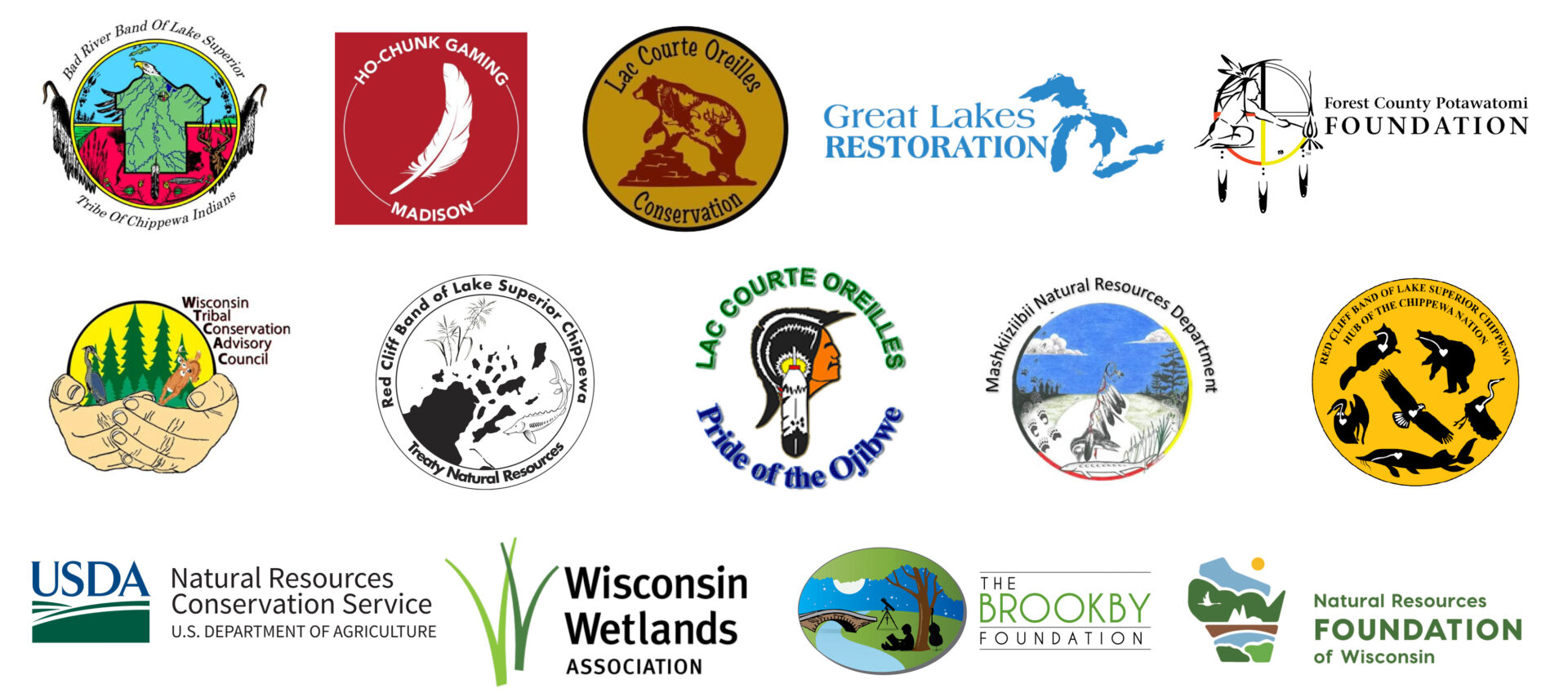Protecting our Waters: Watershed Conservation and the Red Cliff Band of Lake Superior Chippewa
The Red Cliff Band of Lake Superior Chippewa, located on the southern shore of Lake Superior in the northernmost tip of Wisconsin, retains a strong cultural connection to the waters and lands of the region. Tribal members use a wealth of natural products from wetlands including fish (gigoonh), blueberries (miinan), cranberries (aniibinim, mashkiigimin), wild rice (manoomin), and many traditional medicines and plants used in ceremonies. Protection of tribal wetlands and the associated cultural resources and natural benefits like clean water and flood protection is critical for the health and welfare of tribal members. Learn how the Tribe recently increased its investment in these critical resources by establishing a wetland program to protect, monitor, and manage wetlands.
This video was produced in partnership by the Wisconsin Wetlands Association, Wisconsin Tribal Conservation Advisory Council, USDA-Natural Resources Conservation Service, the Red Cliff Treaty Natural Resources Division, and the Red Cliff Band of Lake Superior Tribe of Chippewa Indians. Additional financial support was provided by the Brookby Foundation, Forest County Potawatomi Foundation, Great Lakes Restoration Initiative (Bureau of Indian Affairs), and the Natural Resources Foundation of Wisconsin.
Want to download this video? Download the video from Vimeo here. We recommend downloading the 1080p HD version. Please be aware that this large file may take a moment to download.
Special thanks to the following individuals for their help with this video:
- Mark Duffy, Chief Conservation Officer, Red Cliff Treaty Natural Resources Division, and Red Cliff Tribal Member
- Carolyn L.C. Gouǵe-Powless, Red Cliff Band of Lake Superior Ojibwe Kwe
- Jessica Jacobson, Wetland Specialist, Red Cliff Treaty Natural Resources Division
Next Steps
Share the Videos
Special thanks to all of the funders of this many-year initiative:

